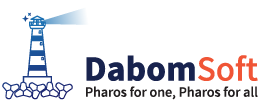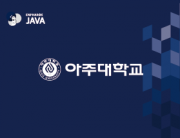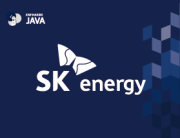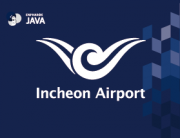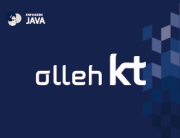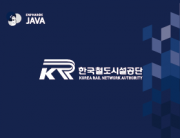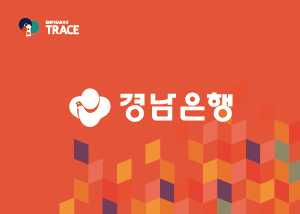
•Client | Kyongnam Bank
•Project | Construction of APM for next generation system
•Duration | 2013~2014
•Product | Phraos Trace(Renewal with ENPHAROS TRACE)
•Project | Construction of APM for next generation system
•Duration | 2013~2014
•Product | Phraos Trace(Renewal with ENPHAROS TRACE)
- Scope of work | Channel integration, core systems, EAI, FEP, external system
- Objective | Real-time transaction tracking, transaction tracking of E2E entire interval, rapid fault sensing, performance management system construction of the service center
- Background |
In introducing a next-generation system, Kyongnam Bank recognized the necessity of the function of tracking all transactions conducted via FEB on MCI system, SQL execution time, bind variable, and plan information, and began to find proper solutions. As a result, the client chose PHAROS TRACE as the solution to provide real-time monitoring from business perspectives, and enables prompt notification of any system errors or serious issues from service perspectives through an alarm setting. - Benefits|
By introducing the centralized management system, the client can conduct real-time monitoring of the status of systems and transactions processed via FEP in MCI in all sections, and check execution SQL information in programs (execution time, bind variable information, fetch count, execution SQL statements, errors in execution, SQL plan information, etc…) at the desired time (real-time or post-processing), ensuring management efficiency and consistent service levels. Data of errors from business process were provided in the form of a statistical chart and utilized as indicators for post service quality improvement, and the dashboard layout that was provided and took into consideration of the characteristics of business allowed for an intuitive understanding of information using minimal time, highly satisfying users as a result.
